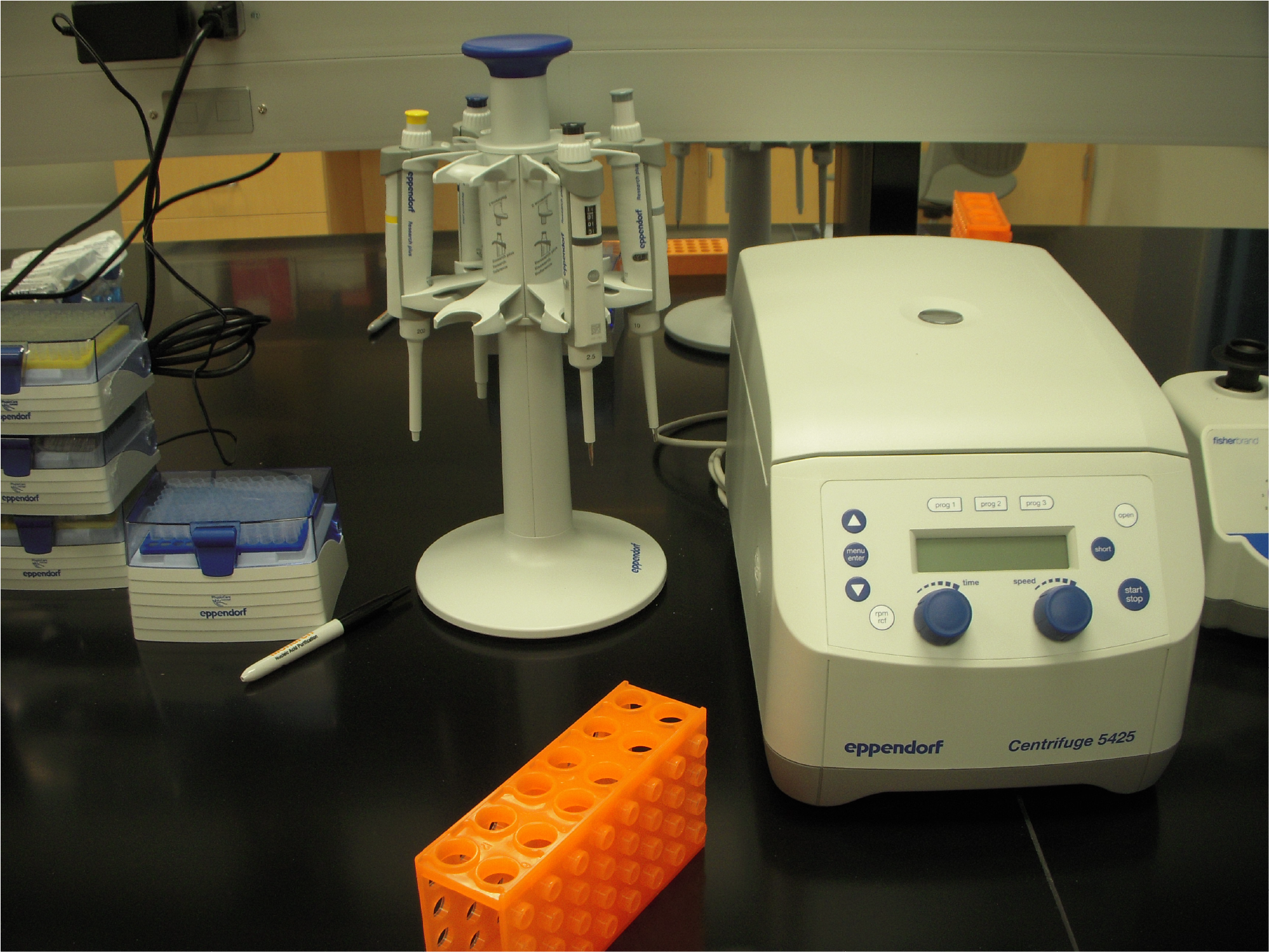Written by Edward Mabry
11/5/21– Our ability to solve problems and treat diseases are limited only by our knowledge of the problem, our imagination, and our tools. While previous studies have found ribozymes to alter mRNA, and therefore protein expression, via small molecules or short nucleotide oligomers, they suffer in the ability to detect longer RNA sequences and/or providing significant fold changes in reporter expression. Our lab read a paper on “RNA-responsive elements for eukaryotic translational control”. In this paper, Zhao et al. developed eToeholds as modular regulators for eukaryotic mRNA translational control which can be altered by the presence of a specific trigger RNA. This is a rather astounding tool, as the module itself could be altered, in theory, to any RNA you wish to detect with relatively high specificity (~40-50 base pairs). The eToeholds themselves can be altered not only for detecting specific RNAs, but also at the IRES for optimization in different systems.
One of their most sensitive eToehold designs utilized the CrPV IRES and had pairing between the 8-6 regions on the secondary structure which had an mKate reporter. After additional optimization to reduce basal expression of the modulated RNA, this eToehold design would produce a 16-fold change in protein expression when triggered with the GFP mRNA in HEK293. Test showed that the eToeholds made with a different target in the same IRES design would not mispair to the different targets and another design developed to allow 5’ caps on these modulated RNAs to allow similar levels of sensitivity. However, when IRES systems were changed to human ones such as from hepatitis C, polio virus, or enterovirus 71 with the same eToehold procedure, the sensitives were found to be much weaker to compromise with higher modulated mRNA magnitudes. But, when testing the claims that the eToehold tool could strongly detect infections, cell states, and cell types, the results were significant and supported the value of this tool. One point to add before the conclusion is that this tool specifically works in the cytosol, so nuclear retained RNAs would not be able act as a trigger; however, that still could be used for test to determine nuclear retention. In conclusion, the eToehold switches produced show strong potential to detect and target cells that express specific mRNAs, whether they be viral, endogenous, or exogenous, and have relatively high specificity in doing so such that it could be used either for diagnostics, therapeutics, or research.
